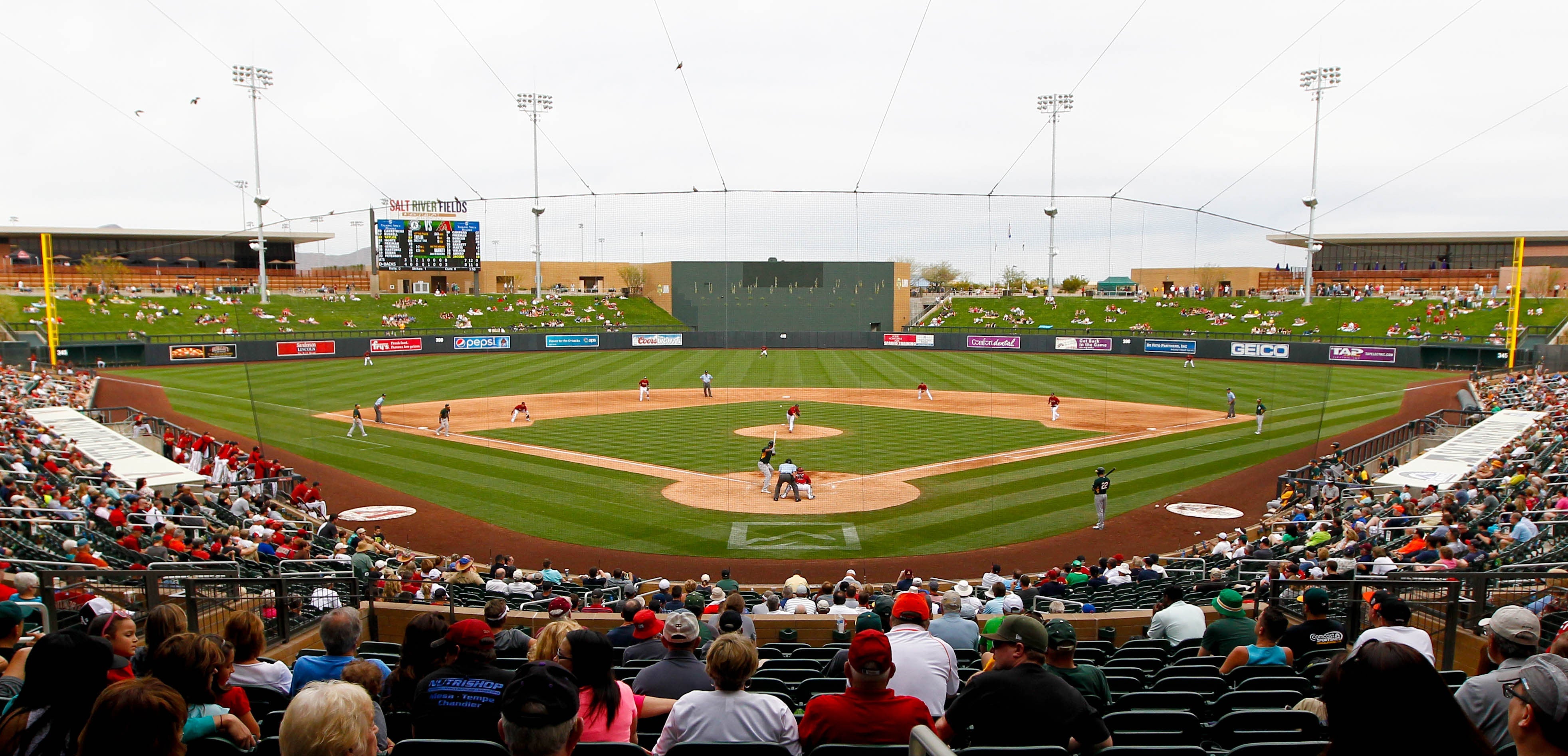
Pre-Season Heat Readiness Assessment: Building Athlete Baselines
Pre-season is the optimal moment to establish individualized heat readiness baselines—a practical, non-medical assessment that captures how each athlete responds to workload and environment before games intensify. By collecting comparable baseline data (core body temperature, skin temperature, heart rate, and WBGT context) and standardizing test sessions, coaches can track readiness trends, identify response patterns, and set personalized thresholds that guide practice design all season long.
Start your team’s baseline with HeatSense →
What a Heat Readiness Assessment Is (and Isn’t)
This assessment is a proactive performance-readiness process, not a medical screening. It documents each athlete’s thermal response under controlled, repeatable sessions so you can manage load, plan cooling, and align practice structure to real-world responses—rather than relying on weather alone.
Primary objectives
- Establish an individual baseline for heat response using consistent drills and setup.
- Define personalized decision thresholds for session adjustments and recovery cues.
- Enable trend tracking across weeks to measure adaptation and training effects.
Baseline Design Principles
Consistency matters. Use the same drill sequence, duration, and rest intervals. Capture on-body vitals alongside environmental context (WBGT) to compare like-for-like sessions.
- Standardization: fixed warm-up, fixed intensity blocks, fixed recovery windows.
- Comparability: repeat on two different days to smooth out anomalies.
- Interpretability: record notes on pads/clothing, turf vs. grass, and wind.
The Baseline Session: Step-by-Step
1) Pre-Session Setup
- Confirm wearables are paired and logging: core body temperature, skin temperature, heart rate.
- Record environment: WBGT, surface type (grass/turf), sun exposure.
- Set default dashboards/tiles for live monitoring and confirm roster is visible.
2) Warm-Up (10 minutes)
- Light movement → dynamic mobility → short accelerations. Goal: establish a stable pre-load baseline.
- Mark the time window so subsequent comparisons use the same pre-load period.
3) Controlled Work Blocks (15–20 minutes)
- Block A: steady aerobic work (e.g., continuous runs, possession drills).
- Block B: intermittent high-intensity (e.g., repeat sprints, short-sided games).
- Log drill order, work:rest, and target RPE to ensure repeatability.
4) Recovery Window (6–8 minutes)
- Passive/active recovery; do not change layers/equipment unless documented.
- Observe cooling and heart rate recovery behavior.
5) Optional Repeat
- Repeat Block B if you need a clear “second-load” signature for pattern detection.
What to Measure in a Baseline
- Core Body Temperature (CBT): overall internal heat load during and after work blocks.
- Skin Temperature (SkT): surface cooling efficiency and environmental influence.
- Heart Rate (HR): cardiovascular demand relative to thermal load and intensity.
- Context (WBGT): environmental comparability across different sessions/days.
Key Readiness Signatures to Capture
1) Rise Rate
How quickly CBT rises from warm-up to the end of Block B. A faster rise than peers under identical workload suggests a lower starting tolerance that day.
2) Peak-and-Plateau
Where CBT and HR stabilize during steady work. Stable plateaus at moderate values point to efficient thermoregulation; steep plateaus suggest early strain.
3) Cooling Efficiency
How quickly CBT and HR descend during the recovery window. Faster slopes generally indicate better readiness to repeat high-intensity efforts.
4) Divergence Moments
When HR climbs disproportionately relative to CBT or when SkT stalls despite rising CBT. These inflection points help set individualized thresholds.
Turning Baselines into Personalized Thresholds
Thresholds translate observations into actionable practice cues. They are not medical risk lines; they are data-driven readiness guardrails for coaching decisions. Coachable threshold examples:
- “If CBT rises >X above first-session peak during repeat sprints, reduce reps by one set.”
- “If HR recovery at minute 3 is below Y, extend rest by two minutes or rotate athlete.”
- “If SkT plateaus early on turf days, insert mid-block cooling or shade rotation.”
Tracking Readiness Trends Across the Season
Repeat a short baseline block weekly (or biweekly) to visualize adaptations from training, acclimation, and travel. Compare like conditions when possible, and annotate outliers (illness, long travel, equipment changes) for context.
Patterns to watch
- Flattening rise rates across weeks (strong acclimation signal).
- Improved cooling slopes post-session (recovery efficiency).
- Lower plateaus at similar workloads (better thermal management).
- Environment-specific effects (e.g., turf vs. grass differences in SkT behavior).
How HeatSense Operationalizes the Baseline
HeatSense pairs a lightweight sensor (bicep or chest) with an athlete app and team dashboard to make individual heat response visible in real time. During baselines, coaches can:
- View CBT, SkT, HR, and WBGT together to spot rise rates, plateaus, and recovery slopes.
- Create personalized thresholds and notes tied to drills and surfaces.
- Export or log baseline comparisons for weekly trend reviews.
See how HeatSense turns vitals into coachable signals →
Documentation That Scales
A short, consistent template ensures your staff captures what matters and saves time later.
Suggested fields
- Date, team, position group, equipment/pads, surface type.
- WBGT, sun exposure, wind notes.
- Warm-up window; Block A/B start/stop; recovery start/stop.
- Peak CBT/HR, rise rate, plateau level, 3-minute HR and CBT recovery.
- Notes on divergence (HR vs. CBT), SkT patterns, and threshold updates.
From Baseline to Practice Design
- Use thresholds to sequence drills so high-heat responders rotate earlier.
- Insert cooling breaks based on observed cooling slopes, not fixed time alone.
- Adjust work:rest and reps on hot/turf days when SkT plateaus earlier.
Onboard your roster and run your first baseline →
Internal Reading & Related Guides
- Why visibility matters: Understanding Heat
- How vitals become insights: Measuring Heat Response
- Season planning example: Spring Training: Preparing Your Body for Summer Heat
- Program alignment & policy context: Heat Safety Regulations for Schools

